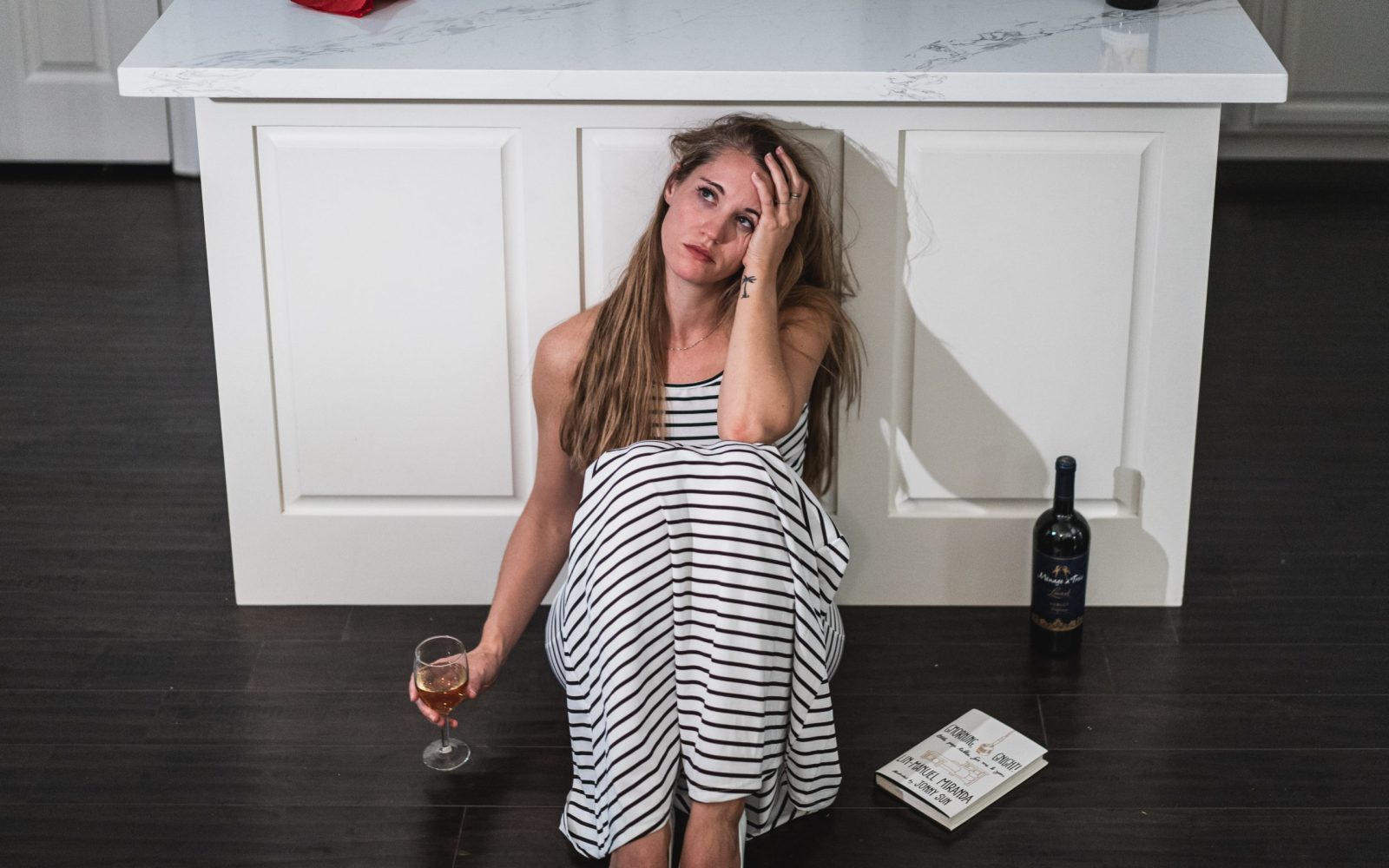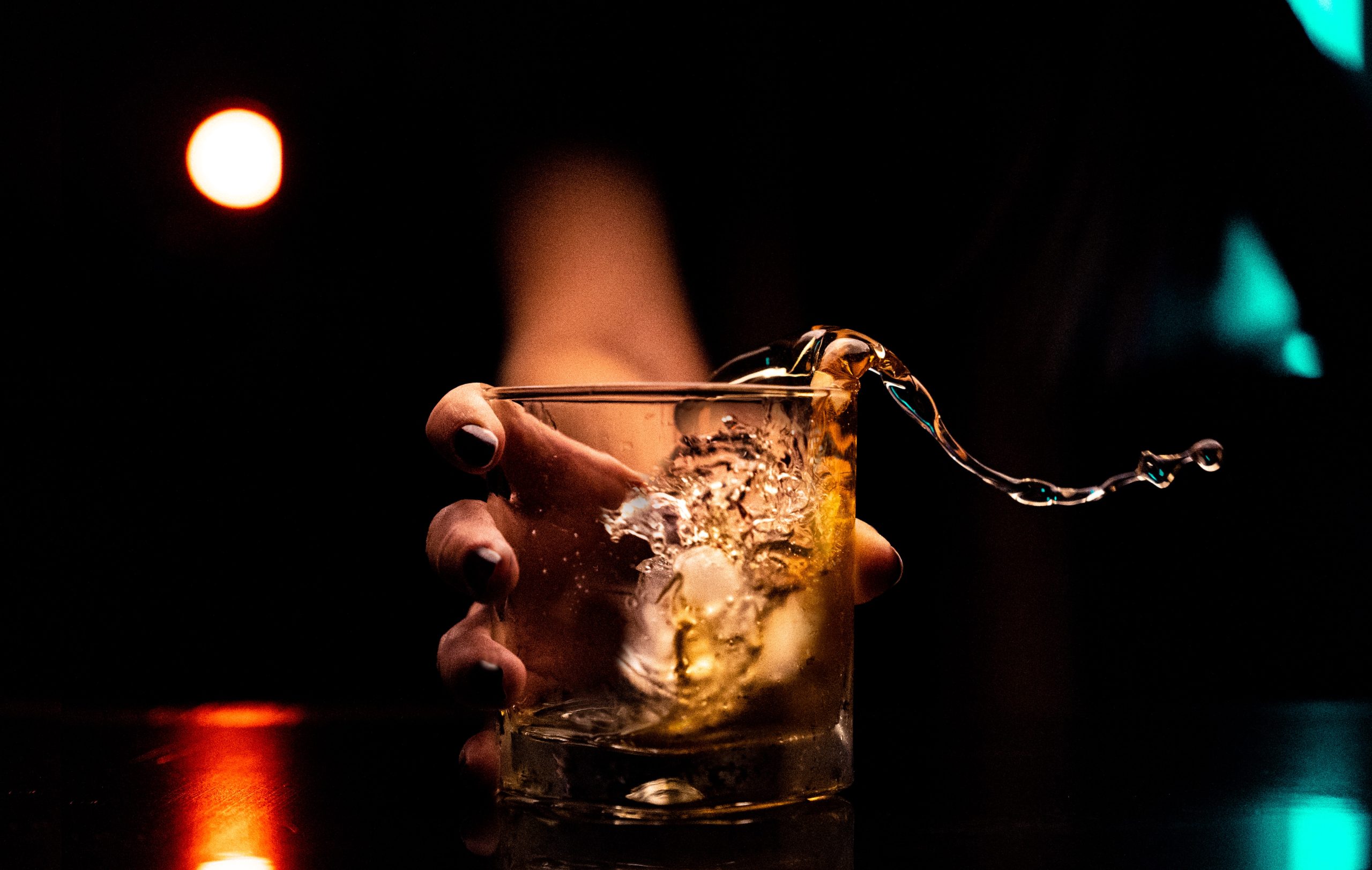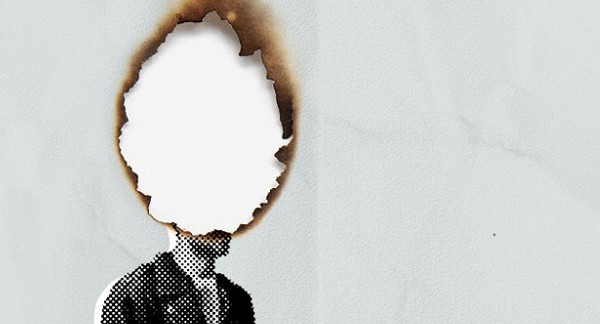Books & Culture
Reading Addiction Memoirs Fueled Mine
These stories were supposed to be inspiring but I felt worse after reading them

I had early inklings that my relationship with alcohol wasn’t healthy—when I turned to addiction memoirs, things only got worse.
When I started drinking—champagne at a party with my parents, when I was 14—I was not thinking about preventing my own addiction. I was not thinking about how addiction has popped up in numerous branches of my family tree like poison fruit. By that age, I was already wrestling with depression, bullying, and my bisexuality— though I didn’t even know there was such a thing at that point, so I just tried to be straight. But drinking was new. It was warm and soothing and dangerous. And nothing else had ever been able to give me the sense of peace and well-being and closeness to others that I found after I’d had a few (or many drinks).
In college, I drank to feel alive, to feel included, and to give my awkwardness an excuse. And I read voraciously. To prop up my love of zines, I also read as much memoir as I could get my hands on. I started with books that were ostensibly about mental health, but included characters with, or an escalation into, addiction. Girl, Interrupted and Elizabeth Wurtzel’s books, Prozac Nation and More, Now, Again were early favorites. I devoured all three in a single week.
Trying not to alarm my librarian, I perused the stacks myself and read quietly in the carousels between classes.
In college, in addition to vodka and more drugs, I also found Buddhist meditation, which helped somewhat with my mental health and feelings of pervasive unease. I read Dharma Punx by Noah Levine, which traced Noah’s path from son of one of the West’s most famous meditation teachers (Stephen Levine) to street punk and addict to sober meditation teacher. Levine was the founder of Refuge Recovery in Los Angeles, and self-proclaimed founder of a new lineage of punk rock Buddhism that was emerging in the early 2000’s. Trying not to alarm my librarian, I perused the stacks myself and read quietly in the carousels between classes. The stories felt exciting, the fun only coming to a stop when the author or characters went just a little too far.
Since I was in middle school, I’d struggled with depression and anxiety; by the time I was 23, I’d added PTSD to the mix. For me, alcohol was a way to quiet my brain. I felt less self-conscious and more relaxed, which is what the addiction memoirs promised would happen. In each one, there was a period of alcohol or drug use where things were not yet off the rails. These sections of the memoirs promised glamorous parties and a rolicking sense of community and fun. Just what I needed, I believed. In this part of the narrator’s arc, the worst thing was showing up to a test hungover or sleeping through a call from one’s parents. After years of feeling depressed and alone, all I could think was: it’s worth it. Of course, I reasoned, having read so many of these books, I’d know how to stop before it was too late. At that stage of my life, I did not read them so much as cautionary tales, but as instruction manuals.
These stories also involved something critical that I longed for: someone would often come to the rescue of the narrator. It was rare that the narrator would simply decide to show up to an AA meeting of their own accord. Often, friends or family would intervene, declaring that the narrator needed help and that they were there to escort them to rehab or a meeting. Having someone show up and decide to see how much I needed help.
But drinking at that level is so socially-acceptable (and even encouraged), that it was impossible to see my pain for what it was.
I identified with the memoirists and characters who were straddling dual diagnosis. According to the National Alliance on Mental Illness, “Substance use disorders — the repeated misuse of alcohol and/or drugs — often occur simultaneously in individuals with mental illness, usually to cope with overwhelming symptoms. The combination of these two illnesses has its own term: dual diagnosis, or co-occurring disorders. Either disorder (substance use or mental illness) can develop first.” In 2020, 17 million U.S. adults experienced both mental illness and a substance use disorder, according to the National Survey on Drug Use and Health.
I identified with these people deeply, except for one glaring issue: I was not nearly as fucked up as they were.
Given my pre-existing mental health issues before I started drinking, it was not surprising that these memoirs drew me in. I identified with these people deeply, except for one glaring issue: I was not nearly as fucked up as they were. This was not, I believed, something to be happy about. You don’t get your redemption arc if you’re not enough of a drunk. So I set out to ruin my own life. Sleeping with the wrong people, going to the wrong places, wearing the wrong thing.
Each story of addiction or mental health recovery follows a familiar, if not predictable arc: the root or beginning of using; the highlights (or lowlights) of the debauchery of using; hitting rock bottom; the turn: the realization and getting clean; and finally making amends. Authors generally gloss over the making amends bit. First of all, that part is boring (both to read about and to live—trust me), and second of all, it’s easier to just put a bow on the story than to create more narrative around the molasses-slow process of making up for mistakes and forging your new, sober self.
As I read more, story after story, I noticed a pattern, not just in the narrative, but within myself. With each one, I would go through periods of losing progress. I would start using my drugs of choice more (sometimes weed, but mostly alcohol), and deepening self-sabotaging behaviors (restricting my eating, self-isolating, and flaking out on important obligations). These stories were supposed to be inspiring, but I felt worse after reading them. Why did my depression and substance use escalate? The problem lies in the arc of the story itself. If only I could make things terrible enough, then I would be worthy of quitting, of redemption, of recovery, of the brilliant promise of the other side.
Over the years, I tried to earn it. There was a New Year’s Eve when, already drunk, I picked up a half-full champagne bottle “for the road,” and polished it off while wandering through the streets of Buenos Aires. There was the way my tolerance increased as I grew older. The way I would wake at 3am, sweating with anxiety at how I might have embarrassed myself. Each time I questioned whether this is it, proof that I had a real problem, I came to the conclusion that everything was fine. The shame would subside and I could go on pretending that this inherited relationship to drinking is just hunky dory.
Years later, well into my thirties, I started reading sobriety stories that weren’t just from people who had barely avoided dying.
There was the way my tolerance increased as I grew older. The way I would wake at 3am, sweating with anxiety at how I might have embarrassed myself.
I listened to podcasts about people who had quit drinking and talked about how amazing it was, and thought, “No thanks! Not for me!” I would go to Buddhist meditation events and sign the precepts, agreeing not to consume drugs or alcohol while on premises or at the event. In Buddhism, there are Five Precepts. They instruct practitioners, from monks to householders, to abstain from: causing harm, stealing, sexual misconduct, lying, and consuming intoxicants. The fifth precept was always the one I paused at when reading. “Not a problem,” I would think, imagining the giant glass of wine I’d have as soon as I was back home. Not realizing that every single day I was breaking the precept of non-harming by continuing to ignore the massive pain I caused myself by keeping alcohol in my life.
As a new mom, I had very strict rules about drinking. Only after my child was asleep. Never more than two drinks (okay, three drinks). Never, ever if I was driving. This white-knuckled control made me feel like I didn’t have a problem at all. I couldn’t. And yet, I am not exaggerating when I say that every drink was killing my soul, just a little bit. But still, I reasoned, I was not like those other addicts. I was not waking up in strange beds or putting my child in harm’s way. My drinking was not threatening my marriage. I was not at risk of losing my job or my home.
Which shows just how insidious respectability is. Respectability polices us, whether through behaviors, aesthetics, language, or tactics of making social change. Historically marginalized groups (BIPOC, women, queer folks, and others) may adopt the mores of respectability to appear palatable to historically dominant groups and to access the benefits of power and social status. Pertaining to substance use, respectability is a way to distance ourselves from the practices and people who are often disrespected by society as a whole: addicts. Those who can’t conform don’t receive help for their addictions because they visibly upset social norms. I couldn’t seem to get help because I wasn’t upsetting social norms enough. From the outside, I looked like a normal, buttoned up mom who drank wine because that is what society teaches moms to do when they are tired of having a child screaming in their ear every single day. “There is no support, sorry,” society seems to say, “But if you drink a lot of wine, we will think that you are cute.” No one would have looked at me and thought that I had a problem. There were friends who actively encouraged me not to quit drinking while I had a really small kid since, they figured, I could use all the coping mechanisms I could get.
They trick us into believing that addiction is easy to spot. It looks like a woman losing—or nearly losing—her children. It looks like a man losing his career.
Addiction memoirs prove that recovery and redemption are possible. Everyone wants a happy ending with a bow on it, and sometimes that’s a realistic outcome. That hero’s journey, however, often relies on a level of pain and sensationalism that simply didn’t fit my life. It feels like too many addiction memoirs are written for non-addicts in a way that makes the addiction feel very straightforward. They trick us into believing that addiction is easy to spot. It looks like a woman losing—or nearly losing—her children. It looks like a man losing his career. They often do not reflect the reality of what contributes to addiction: structural inequalities; interpersonal violence, often as children; and family history of substance use disorder, which was often seen as an acceptable facet of the culture at the time. These stories are often sensational and follow a particular arc of destruction and loss before epiphany and recovery.
There are very few, if any, memoirs about drinking that tackle gray area drinking: that kind of drinking that goes beyond the social, fun, and acceptable, but hasn’t yet crossed into the territory of deeply destructive quite yet. For years, this was me. More fiendish than my husband who could stop after a single glass of wine, but not “enough” to find myself reflected back in an addiction memoir. These books were not written for me. I had to find a different narrative for myself that acknowledged that, for me, alcohol was unsafe in any amount.
My drinking did not look sexy. It was boring, and though it was harming me, that harm was only taking place on the inside. No addiction memoir offered me what I truly needed to hear: “You do not have to burn your life to the ground to earn healing. You are simply allowed to stop hurting yourself.”
What I did remember from all of those addiction memoirs, though, was that a big red flag was when you needed a coping mechanism for your coping mechanisms. In each one, they talked about how the first step was admitting that you had a problem in the first place—a shockingly difficult thing for those of us who spent years (or in my case, more than two decades) using alcohol to numb my problems so that I didn’t have to fess up to them. In Alcoholics Anonymous, the first step is that, “We admitted we were powerless over alcohol and that our lives had become unmanageable.” After a ski trip without my kid in tow, I had one last unmanageable night.
(Entirely coincidentally, about two weeks before I decided to quit drinking, Noah Levine, founder of Against the Stream and author of Dharma Punx, was accused of sexual assult and removed as a teacher from my home sangha of Spirit Rock Meditation Center. Further proof that you can abstain and still be causing harm.)
I have now made my own podcast episodes about my journey to sobriety. I celebrate my “sober-versary” each year, quietly and with cake, and I celebrate my friends’ “sober-versaries,” too, and we tell each other how proud we are of one another. I’m sure that there are a lot of people out there who still think that there isn’t a way to have fun and be sober. But the narrative for women getting sober is changing. Being a “wine mom” does not have to be the default. We are writing a new story that isn’t glamorous and sexy, and might not have the same compelling narrative arc of the memoirs of my youth. The message is more simple now. Wherever you are in your story, you don’t have to earn your redemption through suffering. You are allowed to simply stop hurting yourself, even if you haven’t hit bottom yet. You can just decide to stop falling.








